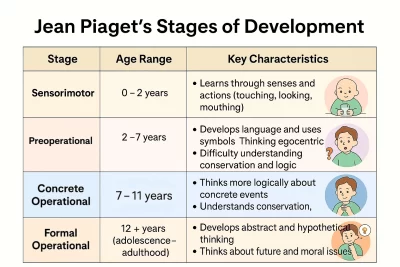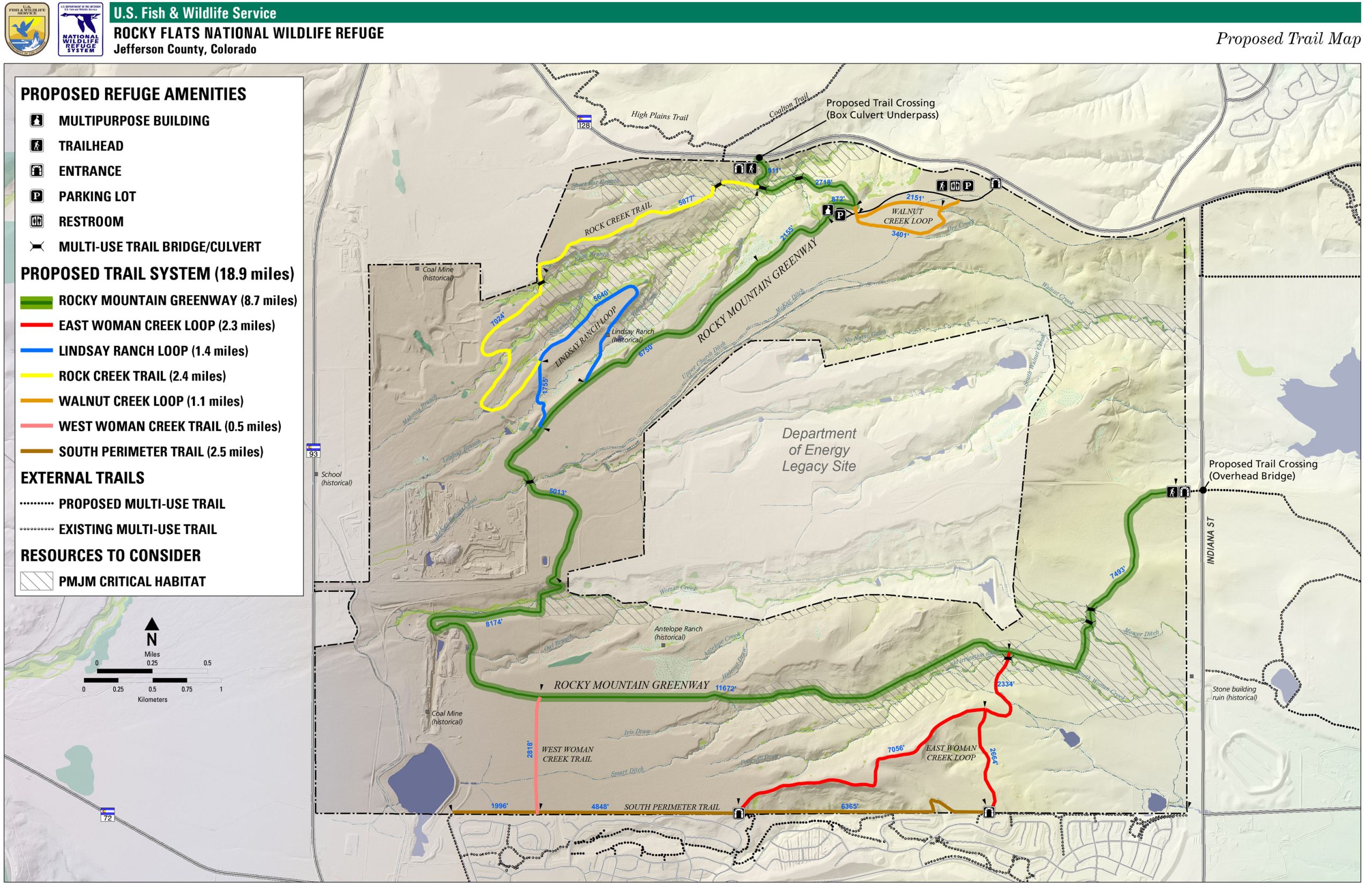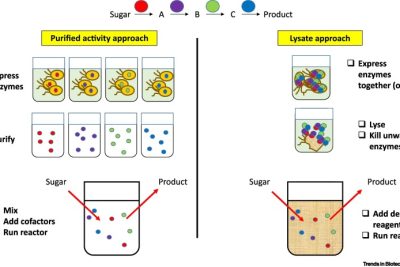
Plant Cleanup in Colorado: Navigating the Nuclear Legacy Map

The legacy of the Rocky Flats plant in Colorado is a complex narrative that intertwines the realms of historical significance, environmental health, and community impact. As the site of extensive nuclear weapons production, the Rocky Flats Plant operated from 1952 until its closure in 1989, leaving behind a fraught legacy of rocky flats radiation and contamination. This article aims to explore the intricate history of this facility, its environmental and health implications, and the ongoing cleanup efforts that have arisen in response to its toxic legacy.
Within the 11-square-mile expanse of the former plant location, the process of understanding the Rocky Flats Colorado contamination has evolved significantly over the years. Cleanup initiatives initiated in the mid-1990s culminated in 2005 with the area’s designation as a national wildlife refuge, yet the repercussions of Rocky Flats radiation and waste management continue to resonate within local communities. As we delve deeper into the ongoing initiatives, financial implications, and community responses surrounding the cleanup, it is crucial to grasp the historical context that has shaped the narrative of this pivotal site.
- Overview of Rocky Flats Nuclear Weapons Plant
- Historical Context of Nuclear Operations in Colorado
- Environmental Impact and Contamination Issues
- Cleanup Initiatives: Timeline and Objectives
- Financial Aspects of the Cleanup Effort
- Health Implications for Workers and Local Residents
- National Wildlife Refuge Designation and Land Use
- Ongoing Environmental Monitoring and Safety Measures
- Community Perspectives and Local Engagement
- Conclusion: Lessons Learned and Future Considerations
Overview of Rocky Flats Nuclear Weapons Plant
The Rocky Flats Plant was established during the Cold War in proximity to Denver, Colorado, primarily designed to produce plutonium triggers for nuclear warheads. The site was pivotal in the U.S. nuclear arsenal, especially at a time when fears of nuclear conflict dominated global politics. Over its operational years, the plant underwent significant expansions and modifications to meet increasing production demands, becoming a convoluted complex of industrial processes capable of producing lethal materials.
Operational Background
Initially operational in the early 1950s, the Rocky Flats plant Colorado quickly became a focal point for the U.S. government's nuclear development. Its production activities, which involved extensive handling and processing of highly radioactive materials, set the stage for a series of environmental challenges that would later surface. Despite the vital role it played in national defense, the plant’s operations were fraught with safety issues and hazardous waste management practices that ultimately led to scrutiny by federal agencies.
Historical Context of Nuclear Operations in Colorado
The establishment of the Rocky Flats facility was part of a greater federal initiative to ramp up nuclear weapon production in response to international tensions, particularly during the Cold War. The significance of the Rocky Flats Plant in the broader context of nuclear arms development highlights the intersection of military necessity and environmental responsibility, an intersection that has often been neglected in favor of profit and production metrics. The geopolitical climate of the time necessitated rapid advancements in nuclear technology, propelling the operations at Rocky Flats.
Incidents and Regulatory Oversight
Throughout its operation, various incidents at the Rocky Flats plant raised alarms regarding safety and environmental standards. Notably, in 1970, an extensive fire in a building housing plutonium triggered concerns regarding containment and the potential for rocky flats radiation exposure to workers and nearby residents. Such occurrences emphasized the lack of comprehensive waste management standards and vigilant regulatory oversight — factors that would later catalyze investigations and legal action against the plant's operating bodies.
Environmental Impact and Contamination Issues
The environmental legacy of the Rocky Flats Plant entrenched itself in the surrounding ecosystem due to improper waste disposal practices and the mishandling of hazardous substances. Studies have indicated significant levels of plutonium, uranium, and other toxins within the soil and groundwater, raising serious concerns about environmental health and safety. The cleanup of these contaminants remains a critical focus of ongoing efforts, even years after the plant's closure.
Assessment of Contamination
Post-closure assessments revealed widespread contamination at the Rocky Flats site, thus prompting the initiation of extensive cleanup initiatives beginning in the mid-1990s. Environmental sampling indicated that several areas within the nuclear facility were heavily impacted by radiological and chemical substances, highlighting the urgent need for remediation. This contamination not only threatens the immediate ecology but also poses potential risks to the health of nearby residential communities.
Cleanup Initiatives: Timeline and Objectives
The cleanup of the Rocky Flats plant Colorado has been an extensive and multi-faceted effort, aiming to mitigate the lingering effects of the contamination left behind. Initiated in the 1990s after rigorous investigations, the cleanup was driven by federal mandates and local advocacy, aiming to restore the safety and environmental integrity of the site.
Key Milestones in Cleanup Efforts
- 1992: Acceptance of the need for cleanup due to extensive contamination assessments.
- 1996: The signing of the Rocky Flats Cleanup Agreement, a pivotal contract facilitating collaboration between the U.S. Department of Energy and local authorities.
- 2005: Official announcement of the cleanup's completion, transitioning the area into a national wildlife refuge.
Throughout this timeline, the objectives have evolved from merely addressing contamination to ensuring that the site can serve future generations as both a wildlife refuge and a reminder of the complexities associated with nuclear production. Each phase of the cleanup was scrutinized and publicly accessible, reinforcing transparency in the federal efforts to remediate the site.
Financial Aspects of the Cleanup Effort
Financially, the cleanup of the Rocky Flats site has been one of the most significant undertakings in the history of nuclear remediation in the United States. Initially projected to require $36.6 billion and 70 years for complete cleanup, efforts were accelerated when public scrutiny and community concerns intensified. Ultimately, the total expenditure reached approximately $7.3 billion, reflecting a major compromise to achieve expedited remediation.
Funding Sources and allocation
Funding for the cleanup was not solely derived from federal appropriations but also included contributions from state governments, and local entities, alongside various environmental organizations advocating for restoration. This diverse funding pool underscores the communal investment in rectifying the legacy of the Rocky Flats plant and signals a collaborative endeavor in managing the consequences of the past. The financial prudence exercised during this cleanup raises pertinent questions regarding the emphasis on cost-efficiency versus the thoroughness of remediation processes.
Health Implications for Workers and Local Residents
The health ramifications following decades of operations at the Rocky Flats plant Colorado have been contentious and remain a topic of significant concern among the affected populations. Although numerous studies have failed to establish a definitive causal link between plant operations and health outcomes for residents, health studies among former workers indicated increased incidences of certain diseases, creating an ongoing dialogue about occupational health and safety in the nuclear industry.
Surveillance and Health Studies
After the plant's closure, extensive health studies were conducted among the workforce and the surrounding community. The results have been mixed, with some studies identifying higher rates of cancers and other illnesses among former employees. However, the absence of concrete correlational data between exposure levels and specific health effects complicates these findings, leaving many with lingering uncertainties about the real impact of exposure to rocky flats radiation.
National Wildlife Refuge Designation and Land Use
The transformation of the Rocky Flats plant site into a national wildlife refuge stands as a striking narrative of reclamation and hope amidst a backdrop of industrial pollution. The decision to designate the area as a wildlife refuge in 2007 sought to capitalize on the ecological recovery efforts undertaken during the cleanup while simultaneously providing recreational opportunities for the public. Despite the ecological recovery, the decision has not been without contention, particularly among local residents who remain concerned about long-term contamination risks.
Conservation versus Safety Concerns
While the refuge designation symbolizes a commitment to ecological restoration, it has sparked debate regarding the balance between conservation efforts and public safety. The complexities surrounding continued exposure to residual contamination highlight the need for continued environmental monitoring to ensure the safety and well-being of wildlife and visitors alike. Ongoing assessments are paramount in addressing safety concerns and maintaining public trust regarding the sustainability of using the former plant site for recreational purposes.
Ongoing Environmental Monitoring and Safety Measures
In light of the lingering contamination concerns at the Rocky Flats wildlife refuge, ongoing environmental monitoring remains a critical component of safety measures. The Department of Energy and the U.S. Fish and Wildlife Service have implemented comprehensive monitoring programs to assess soil, water, and air quality around the former plant site. Such efforts are imperative to ensure that environmental standards remain consistent and to identify any emerging risks.
Community Involvement in Monitoring Efforts
The role of the community in environmental monitoring has become increasingly integral, fostering collaborative relationships between residents and governmental organizations. Public forums and volunteer initiatives have been cultivated to engage local stakeholders, reinforcing a collective commitment to transparency and vigilance in assessing the ongoing effects of rocky flats radiation.
Community Perspectives and Local Engagement
The cleanup of the Rocky Flats plant has engendered diverse community perspectives, reflecting the complexities of environmental remediation in the context of public health and safety. While some community members view the establishment of the national wildlife refuge as a positive sign of recovery, others express apprehensions regarding unresolved contamination and the potential health risks associated with recreational activities in the area.
Public Forums and Advocacy Groups
Public forums and community advocacy groups have emerged as platforms for voicing concerns, exchanging information, and fostering dialogue about environmental safety. These grass-roots movements play a pivotal role in advocating for continued monitoring and transparent communication regarding environmental risks. Collaborative efforts between community groups and government agencies illustrate the ongoing need for stakeholder engagement in shaping future policy decisions surrounding the former Rocky Flats plant Colorado.
Conclusion: Lessons Learned and Future Considerations
The narrative of the Rocky Flats cleanup is a sobering reminder of the intricate balance between technological advancement and environmental stewardship. Lessons learned from this extensive project underscore the paramount importance of rigorous waste management, transparent regulatory oversight, and community engagement. As we move forward, the legacy of the Rocky Flats plant remains a nuanced testament to both the potential for environmental recovery and the ongoing challenges posed by nuclear legacy management.
As evaluations of the site continue, the need for heightened awareness regarding the implications of rocky flats radiation and community health remains ever present. Future considerations must reinforce a commitment to public safety, environmental conservation, and responsible land use to ensure the positive outcome of this region's complex historical narrative. Through these efforts, we pave the way for sustainable initiatives that reflect a collective understanding of environmental and human health as intertwined components of our legacy.
Did you find this article helpful? Plant Cleanup in Colorado: Navigating the Nuclear Legacy Map See more here Education.
Leave a Reply






Related posts